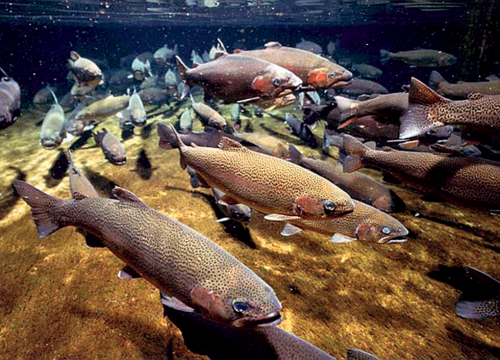Hanford Aquatic Restoration Planning Milestone Reached
DECEMBER 14, 2018 — In 2019, NOAA, along with representatives from three Tribal Nations, will begin to lead a project focused on aquatic restoration planning at the Hanford Nuclear site.

A Natural Resource Damage Assessment (NRDA) has been active since the late 1990s and is ongoing. The upcoming work is an important first step to interact with a large number of aquatic resource programs in the region, including but not limited to Chinook salmon and Pacific lamprey recovery teams, aquatic habitat specialists, and Tribal fisheries and conservation programs. The Hanford Nuclear Site is located in southeastern Washington along the Columbia River and eight natural resource Trustees are involved in the NRDA.
Hanford produced plutonium for atomic weapons, starting in World War II. During the Cold War years, the facilities grew to include nine nuclear reactors and associated processing plants. While producing plutonium for the U.S. defense program throughout the Cold War, billions of gallons and millions of tons of nuclear waste were generated, contaminating the ground around waste sites, the reactor and processing facility buildings, and groundwater.
See also, What Are Our Options for Restoring Lands Around Washington's Hanford Nuclear Reservation?
For more information, contact Troy.Baker@noaa.gov.
